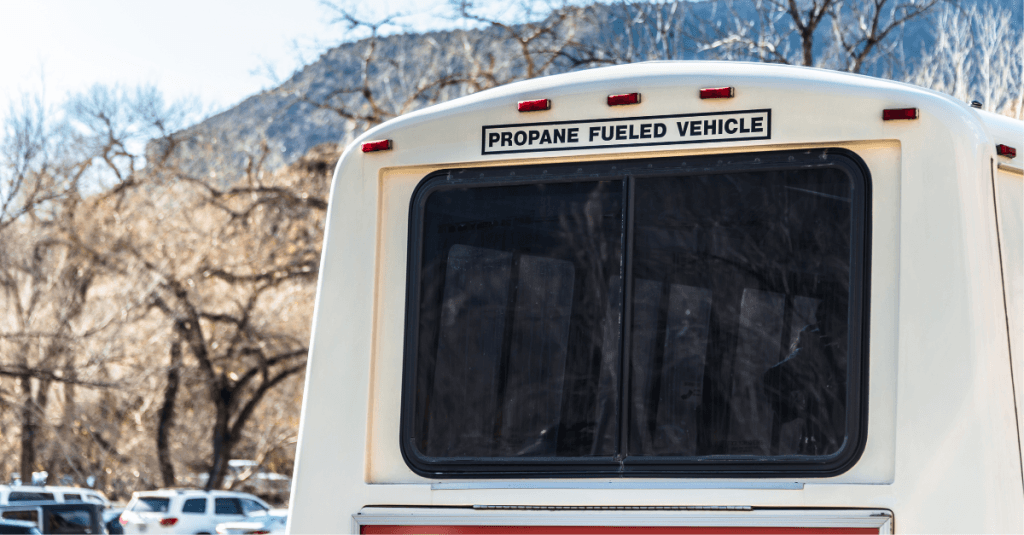Renewable propane is growing in popularity as one of the cleanest fuels available, but how does it differ from regular propane? Propane and renewable propane are chemically the same product and offer similar benefits, but they differ in how they are made and their carbon intensity.
What is propane made of and how is it made?
Propane is a byproduct of natural gas and crude oil, and can also be produced by heating shale. Propane is created through four processes: extraction, separation, purification, and storage/transportation. The natural gas, crude oil, and shale are extracted from the ground using drilling rigs and the propane is separated from the other hydrocarbons in the origin materials through fractionation or distillation.
In fractionation, the natural gas, crude oil, or shale is cooled down until the components of the origin materials can be separated, based on boiling points. Distillation is similar, though the components are separated based on vaporization points. After the propane is separated, sulfur compounds and other contaminants are removed from the propane through purification. It is then stored in liquid form under pressure.
Natural gas and crude oil are more common origin materials used to make propane because the process of extracting propane from shale formations is more difficult and expensive. The majority of propane used in the US is created in North America.
What is renewable propane made of and how is it made?
As aforementioned, renewable propane is chemically the same as propane and contains the same reliability, portability, power, and reduced carbon footprint and so can be used as a drop-in replacement for propane, but differs in how it is produced and the amount of carbon emitted.
Renewable propane is most commonly made as a byproduct of renewable diesel and sustainable aviation fuel, which are made from plant and vegetable oils, animal fats, or used cooking oil that would otherwise end up in landfills, though it is increasingly being produced from the camelina plant.
The camelina plant is a part of the mustard family and has ties to cabbage, kale, and cauliflower, but is not consumed by humans and so does not affect food production. It is also resistant to pests and drought, and is a pollinator for bees. As a completely waste-free cover crop—with 40% more oil produced than soybeans, the meal approved by the FDA for cow and chicken feed, and the husks capable of becoming mulch—it is a very desirable plant to create biofuel. It also benefits farmers, as it enriches the soil and helps stop erosion.
Renewable propane is mostly generated through hydrotreatment, or hydroprocessed esters and fatty acids (HEFA) and has a carbon intensity five times lower than diesel. Currently, the majority of renewable propane in the US is used in California, Washington, and Oregon because of due incentives from the California Low Carbon Fuel Standard and Washington and Oregon’s Clean Fuel Standard. The largest renewable propane facilities are in California and Louisiana.
Renewable propane production and use is growing
The main advantage of renewable propane is its significantly lower carbon intensity. According to the Propane Education and Research Council, renewable propane has up to four times lower carbon intensity than that of conventional propane.
Additionally, renewable propane made from camelina oil has a lower carbon intensity than that of other feedstocks—while non-camelina oil feedstocks has a lower carbon intensity (carbon emitted for every unit of energy produced) than the electric grid in 45 states, renewable propane produced from camelina oil has a lower carbon intensity than the electric grid in 49 states. It is estimated that by 2050, renewable propane will likely meet half of the demand for propane around the world.

Whitney began working with IACT in 2023. With a degree in English and a minor in Art, Whitney has worked as both a newspaper reporter and a digital marketing and events manager, bringing 7 years of marketing and 8 years of content creation experience to IACT. Whitney is passionate about nature and preserving the environment, including solutions to cleaner air and greater sustainability, and is a former Chicago resident.



